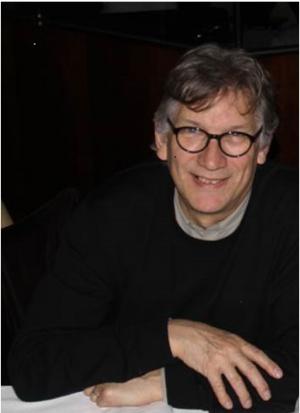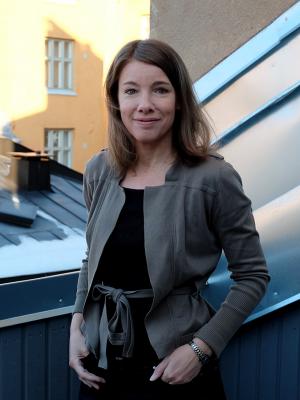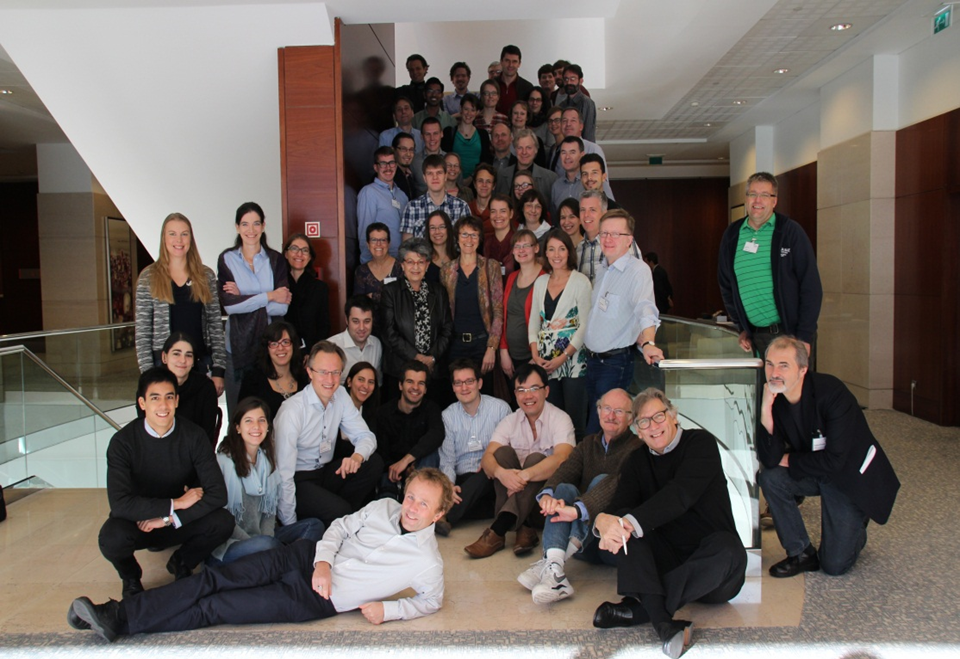
IMI Programme Office: Why was a project like yours needed in the first place? What challenge were you trying to address?
John Hickman: In the development of drugs against cancer, the rate of failure of novel drugs in humans was a concern. At the time, there was a publication suggesting that between 90 and 95 per cent of drugs that went into clinical trials actually had either no effect, or a marginal effect on cancer. We thought that one of the reasons for that is that cancer is a very complicated and heterogeneous disease, both genetically and in terms of the tumour’s interaction with the body. Instead of trying to recapitulate that complexity in the laboratories, scientists were using systems which were far too simple. So, we decided that we needed to improve and characterise laboratory models of the disease. That’s what we set out to do.
IMI Programme Office: What would you say were the most important project achievements?
John Hickman: We have published a series of papers, which are open access, about how to create and work with these types of more complex cancer models. That data is now available for everyone – it’s kind of a recipe book.
Secondly, both academics and smaller biotech companies brought new techniques into this project that the pharma industry has now incorporated into their standard screening processes. Having that mix of project partners was fantastic.
Another achievement was that the heads of cancer drug discovery in industry were actually meeting together for the first time to discuss joint problems and ways to resolve them. Thanks to this project we all became aware of the fact that poor laboratory models of cancer are a major problem in the discovery of cancer drugs. That prompted some of these companies to change the way they look for drugs, with the hope that the 90-95 per cent attrition rate will be reduced in the future.
IMI Programme Office: Could you tell us more about these new cancer models which your project developed? How do they work?
John Hickman: A tumour lives and grows in three dimensions, like all our tissues. However, when laboratories use cancer cells for research purposes, they are growing them on flat surfaces, so they don’t have the three dimensional aspects. One of the things we investigated was what happens if you grow them in three dimensions?
We made spheroids, balls of cells, and sure enough, when you make a ball of cells, it behaves differently from cells that are on flat surfaces. This links back to the original work by Mina Bissell, who pioneered the 3D field. Together with the European Association for Cancer Research (EACR), we initiated a biennial conference called ‘Goodbye Flat Biology’ to promote models of pathologies like cancers, taking into account the architectural aspects of cell behaviour. Mina was our first keynote speaker at this conference.
The other thing about tumours is that they’re incredibly heterogeneous and complicated. They’re genetically complicated. They are in complex interactions with the host… So how do you capture all that? The second platform that we advanced, which is quite novel, is to make very thin slices of tumours, either from mouse tumours, but also from human tumours, that capture that heterogeneity and native microenvironment of the tumour. These slices capture the complexity that is so essential for potentially validating that a particular drug is going to work in the future.

IMI Programme Office: A breast cancer model developed by one of the academic partners in the project was also recognised as ground-breaking. Could you tell us more?
Emmy Verschuren: A group at EPFL in Switzerland was asking to what extent the micro-environment, the area directly surrounding a tumour, is important for the function of that tumour. They were able to show that if they injected human breast cancer cells into the nipple of a mouse, instead of into other tissues, they were better able to model the human breast cancers. In other words, they created a model which better mimics the disease of human patients. Their paper was described as ‘a game-changer’ for breast cancer research.
IMI Programme Office: Your project also contributed to the reduction of the use of animals in research, also called the 3Rs. How did it do that?
John Hickman: Yes, this is related to the slicing technique which we developed to build tumour models. At the moment, each mouse with a tumour is an n=1 experiment, and you probably need 10 mice to give you a reasonably statistically relevant result as to whether your potential drug is working or not. If you take a tumour out of a mouse and make between 18-20 slices from each tumour, that means you can do 18-20 experiments from one mouse rather than use 18 mice for the same work. PREDECT won one of AstraZeneca’s awards for the use of tumour slices as an innovative in vitro platform to reduce animal use.
IMI Programme Office: Emmy, how did the academic community benefit from this project?
Emmy Verschuren: Beyond the new models that we already talked about, the creation of a collaborative network was very important for us: new connections, new insights and communication channels that have been opened, but also just the ability to work together in the context of a consortium. We covered a lot of biological ground in this project, which ranged all the way from a mouse to a human; from technical details such as antibody optimisations, to integration of all this information into the understanding of what would or would not benefit patients. It was incredibly important for our students and postdocs to gain exposure to all these insights, and I believe that participation in this project will give them important career opportunities.
Finally, the ability to really hammer at something for a long time requires a group effort. Work done in an individual research lab would unlikely have led to the same output. The joint commitment was very important for the success of our project.

IMI Programme Office: John, what were the main benefits for the industry?
John Hickman: First of all, it was quite amazing for competing companies to meet around the same table, to talk about what all our problems were and how we might solve them. Most of us didn’t know each other before, because we were competitors. Now we know each other, we are in communication all the time -- we’re friends and colleagues, sharing pre-competitive know-how. That was a major step.
Obviously the transfer of technology was important, and also the idea that one could change the industry mindset. There was a growing recognition among the industry partners that cancer is a complicated disease and that we are going to have to look at complicated things in the laboratory. Some of the technology transfers which happened in this project have allowed the pharma companies to do that. We already mentioned the tumour slicing work. Also, a biotech SME in Portugal was able to transfer their particular technology, called bioreactors, to a number of pharma companies who are now all working with these – before this project they didn’t even know about this stuff.
I agree with Emmy, we could have never done all this by ourselves. It was important to have this large network that supported all this work.
IMI Programme Office: How did the SMEs in the project benefit from participation?
John Hickman: I already mentioned the Portuguese SME, iBET. I will just quote what the leader of that company’s project said: ‘As a research intensive small to medium-sized enterprise in biomedical technology, iBET gained a lot from PREDECT participation’. That was a group that didn’t really work on cancer before, they worked on neurological diseases. Thanks to PREDECT they’re now working on cancer, and they’re selling their expertise to the cancer community in industry. This really helped them grow, it’s been very important for them.
Emmy Verschuren: Another SME in the project was Oncotest, the first company in Europe to really work on patient-derived tumour graft models. Through the activities in our project, they were able to ‘humanise’ some of their models. This SME was bought by a larger company, Charles River – a development during our project time that is likely to have stemmed from the work that was done within PREDECT.
IMI Programme Office: Would all these achievements been possible without IMI and this public-private collaboration?
John Hickman: No, I don’t think it would. As I said, this project brought together key people from different pharma companies to agree on a number of areas. We needed expertise from all over Europe, and in this case also a company from America, to bring this together.
As in all scientific projects, we had moments where it didn’t seem to be going terribly well. But it’s like in football, if someone can run off down the wing alone and get a goal, that’s great. If there are only two of you playing, you get stuck in the mud in the middle. You’re never going to get any goals. We had lots of players, and we made significant breakthroughs, because the risk was spread, that was what was important.
Emmy Verschuren: I fully agree. The wide range of expertise which we had in this project was required to achieve all this, and we could have never done it without IMI.
